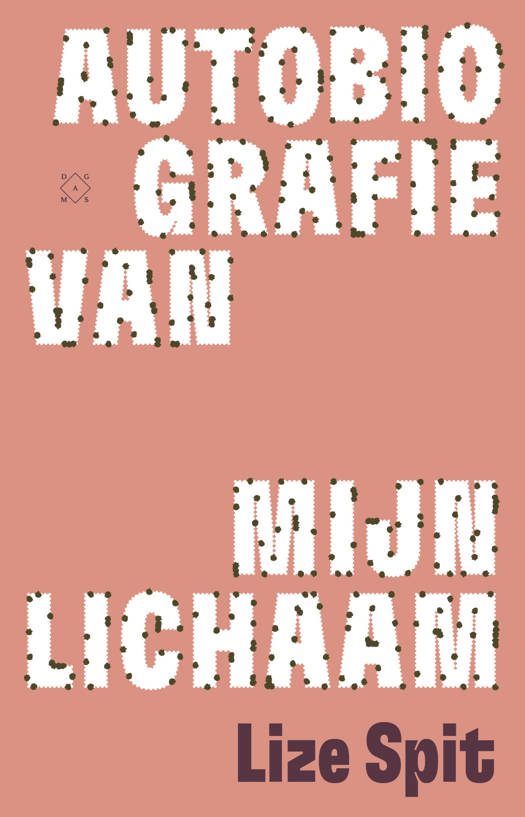
Bedankt voor het vertrouwen het afgelopen jaar! Om jou te bedanken bieden we GRATIS verzending (in België) aan op alles gedurende de hele maand januari.
- Afhalen na 1 uur in een winkel met voorraad
- Gratis thuislevering in België
- Ruim aanbod met 7 miljoen producten
Bedankt voor het vertrouwen het afgelopen jaar! Om jou te bedanken bieden we GRATIS verzending (in België) aan op alles gedurende de hele maand januari.
- Afhalen na 1 uur in een winkel met voorraad
- Gratis thuislevering in België
- Ruim aanbod met 7 miljoen producten
Zoeken
Sensor Technology for Water Quality Monitoring
Fiber-Optic Biosensor
A C Cannons, V J Harwood, Andrew C Cannons
€ 156,45
+ 312 punten
Omschrijving
Two methods for the detection of important human pathogens, Cryptosporidium parvum and Helicobacter pylori, were investigated: a fiber optic biosensor, and real time PCR. The mechanism for specific detection in both methods is recognition of specific DNA sequences in the target organisms. The biosensor that was used, the Analyte 2000, was originally developed for the detection of chemicals. It utilizes a fiber optic wave guide that propagates an evanescent light wave of very specific wavelength. The light excites fluorescent molecules bound to the waveguide, but not in the bulk solution, which theoretically enhances signal while reducing background interference. Attempts to develop this system for the detection of DNA were not successful due to poor detection of the target molecules. An assay analogous to a sandwich immunoassay was designed for use on the Analyte 2000. Specific oligonucleotide probes were designed to bind to the waveguides via biotin-streptavidin interaction, and were used to capture the target DNA. Pure target DNA representing unique genes in the organisms were synthesized by PCR. Detection of captured DNA was then attempted using an oligonucleotide detection probe designed to bind to the target. Two detection systems were employed: an indirect signal amplification system based on biotin-tyramide deposition, or direct detection of fluorescent signal from Cy-5 molecules. In all experiments performed there was very little difference between the signal generated with or without the target molecules. Many experiments were conducted to attempt to identify reasons for the poor signal. Signal was only of any significance when target amplicons were internally labeled with Cy-5 by PCR. Real time PCR as a method to detect the pathogens was also investigated. Though the PCR technique itself is very rapid, DNA extraction and purification requires preparation time. Filtration of up to one liter of well water, followed by concentration and "cleaning" Helicobacter pylori cells by immunomagnetic separation, was used to detect H. pylori seeded in a water source. Following cell lysis, the extracted DNA could be used directly in conventional PCR targeting the 16S rRNA gene to detect less than 265 cells per liter of water. DNA purification was not required for this level of detection. Initial studies to amplify lysed cells by real time PCR indicated that an incorrect product was made. When purified DNA was used for real time PCR, the correct product was produced from DNA representing as few as 100 cells.
Specificaties
Betrokkenen
- Auteur(s):
- Uitgeverij:
Inhoud
- Aantal bladzijden:
- 72
- Taal:
- Engels
- Reeks:
Eigenschappen
- Productcode (EAN):
- 9781843396772
- Verschijningsdatum:
- 1/07/2004
- Uitvoering:
- Paperback
- Formaat:
- Trade paperback (VS)
- Afmetingen:
- 210 mm x 279 mm
- Gewicht:
- 181 g

Alleen bij Standaard Boekhandel
+ 312 punten op je klantenkaart van Standaard Boekhandel
Beoordelingen
We publiceren alleen reviews die voldoen aan de voorwaarden voor reviews. Bekijk onze voorwaarden voor reviews.












